
Toys have always been more than mere playthings. They serve as cultural artifacts that reflect the societies that create them. From ancient balls made of stone to today’s complex digital devices, toys can tell us a great deal about human history and technological evolution.
The Dawn of Toys
The history of toys begins in the ancient world. Archaeologists have uncovered objects that suggest even the earliest human societies made simple toys for their young. These early toys were often made from materials found in nature, such as sticks, stones, and clay.
In ancient Egypt, children played with dolls made from wood and clay, sometimes even featuring movable limbs. These toys were not only a source of amusement but also appeared to play a role in societal rituals.
Classical Antiquity and the Roman Empire
As societies became more structured, the world of toys became more sophisticated. In Ancient Greece and Rome, children played with a variety of toys, including dolls, yo-yos, and even chariots. These toys reflected the values and social norms of these civilizations.
The Roman Empire, known for its advancements in engineering, brought an era where toys symbolized technological prowess. Metal toys, mini chariots, and intricate dolls became accessible to Roman children, especially those from wealthy families.
The Middle Ages: Simple and Symbolic
After the fall of the Roman Empire, the complexity of toys regressed. The Middle Ages saw simpler toys made mostly from wood, like the hobby horse and puppets. These toys often carried educational and religious symbolism, teaching children stories from the Bible or imparting moral lessons.
The Renaissance and Enlightenment: New Materials and Ideas
The Renaissance, known for its passion for art and humanism, also influenced toy design. Toys began to incorporate fabrics and finer materials, leading to the creation of more realistic dolls and miniature models of daily life activities.
Learning toys, such as alphabet blocks, became popular during this period, reflecting an increasing interest in child development and education.
The Industrial Revolution: Mass Production
The Industrial Revolution marked a significant turning point in the history of toys. With the advent of mass production and new materials like plastic and tin, toys became more accessible and affordable. Factories produced toys in large numbers, and people could buy them via mail-order catalogs.
This era also saw the rise of dollhouses, puzzle games, and even the earliest board games, diversifying the range of available toys.
20th Century: The Age of Innovation
The 20th century was crucial in shaping modern toys. The introduction of electrical toys, such as electric trains and battery-operated cars, brought more realism and excitement to playtime.
Iconic brands and characters, such as LEGO and Barbie, emerged during this period. These toys not only provided entertainment but also sparked creativity and exploration, capturing the imaginations of children worldwide.
Modern Era: Digital and Smart Toys
In recent decades, toys have become increasingly digital and interactive. Video games, robots, and smart devices have transformed play in unprecedented ways. Today’s toys often incorporate advanced technology, offering personalized experiences that evolve and grow with the child.
With the rising dependency on gadgets, traditional toys are adapting to include more educational content, ensuring a balance between play and learning.
The Future of Toys
The future of toys looks to be a blend of augmented reality, artificial intelligence, and robotics. As technology continues to advance, toys will become even more personalized and interactive, offering limitless possibilities for learning and imagination.
While the materials and designs of toys will continue to evolve, the core essence of toys as tools for fun and learning will remain the same.
Toys have always been more than mere playthings. The future of toys looks to be a blend of augmented reality, artificial intelligence, and robotics. 

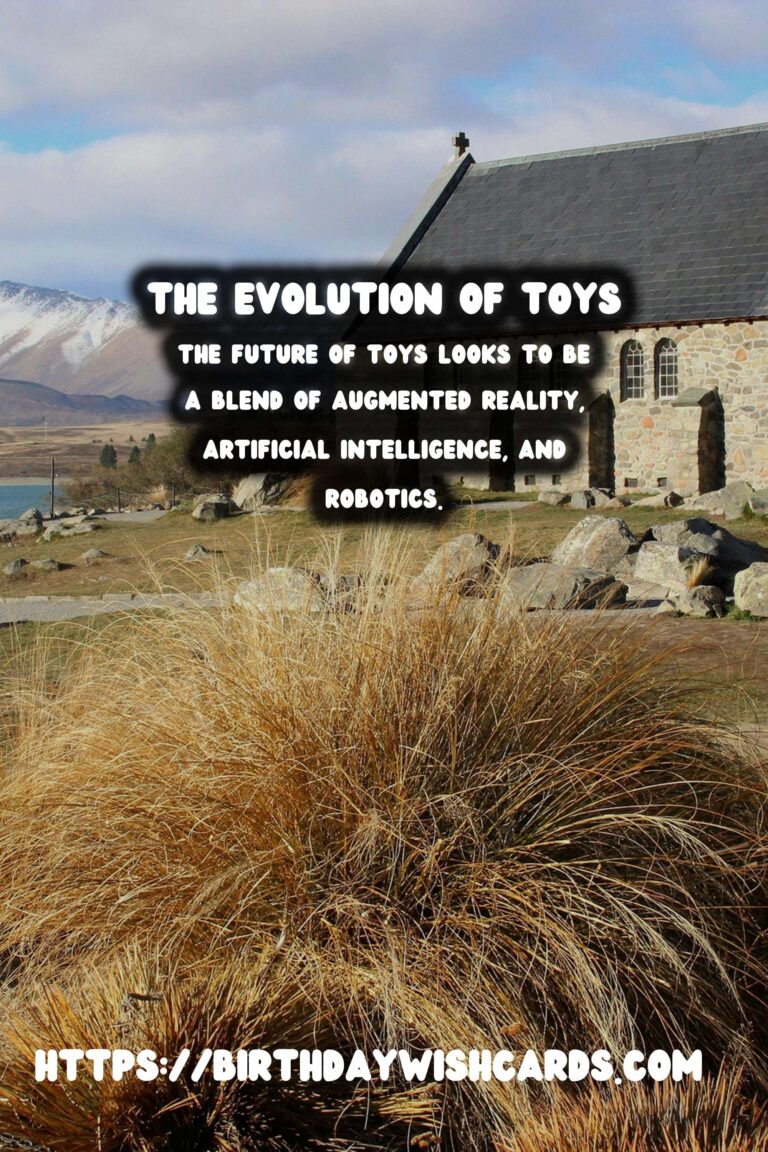

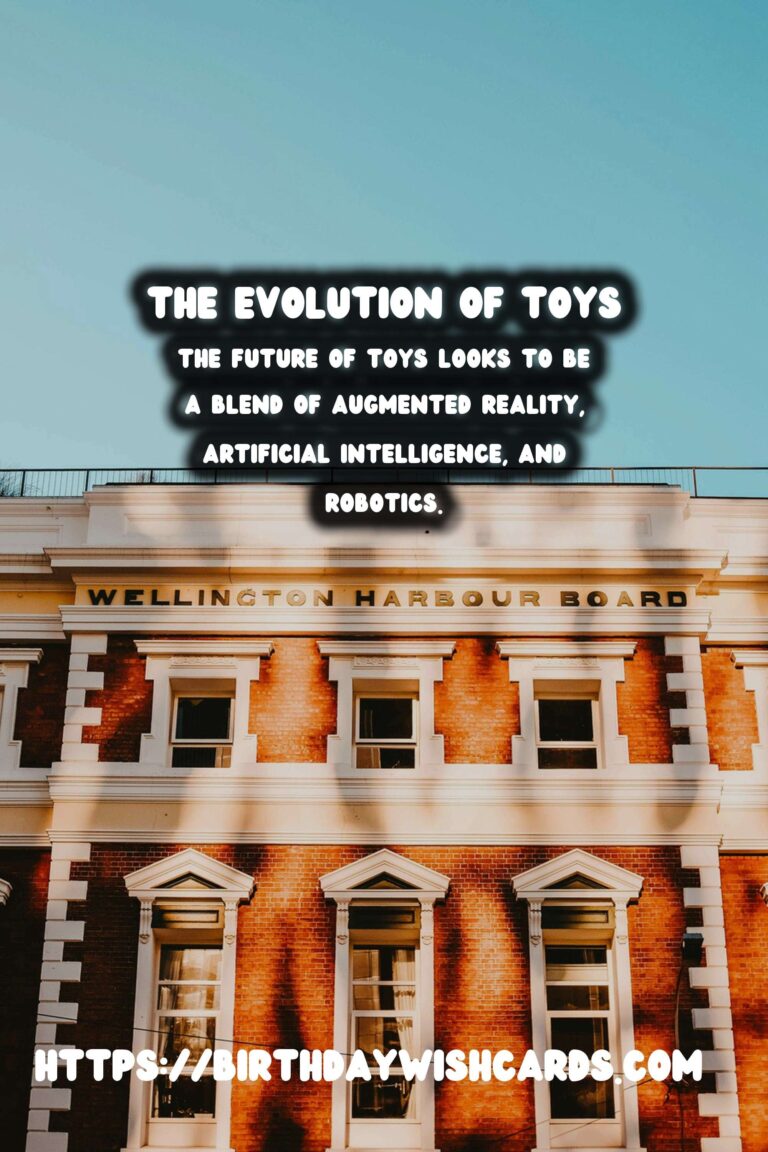
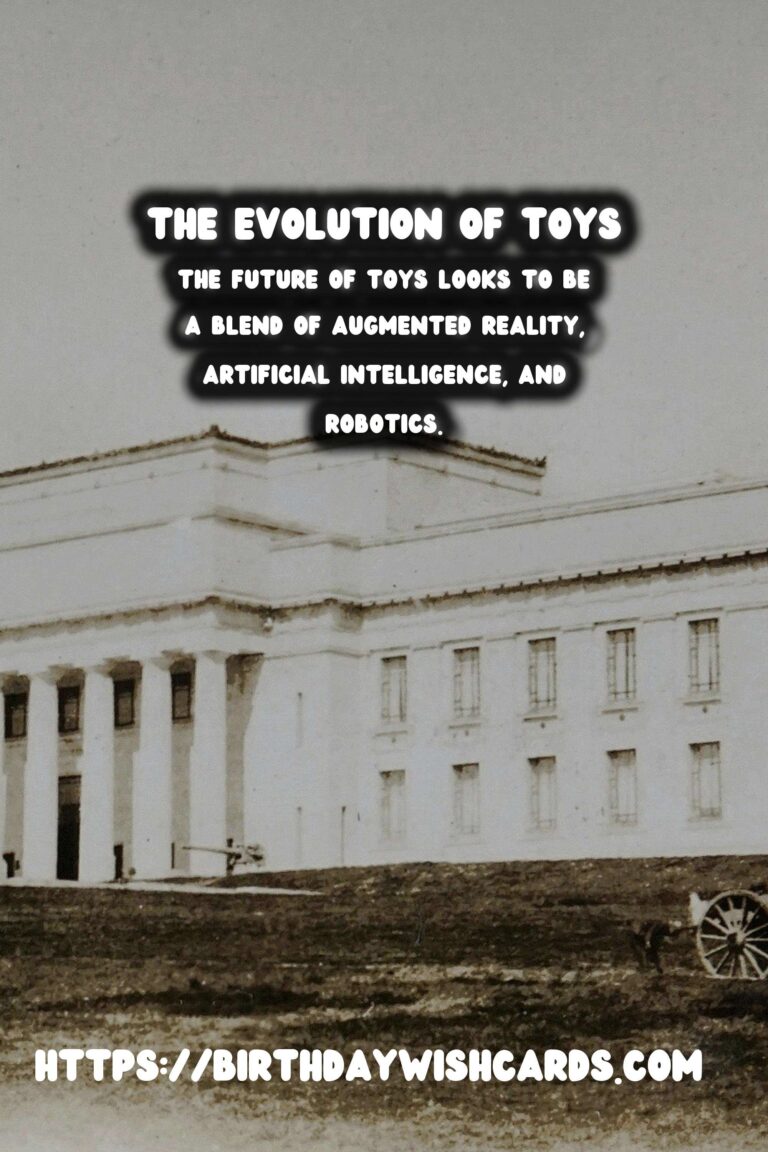

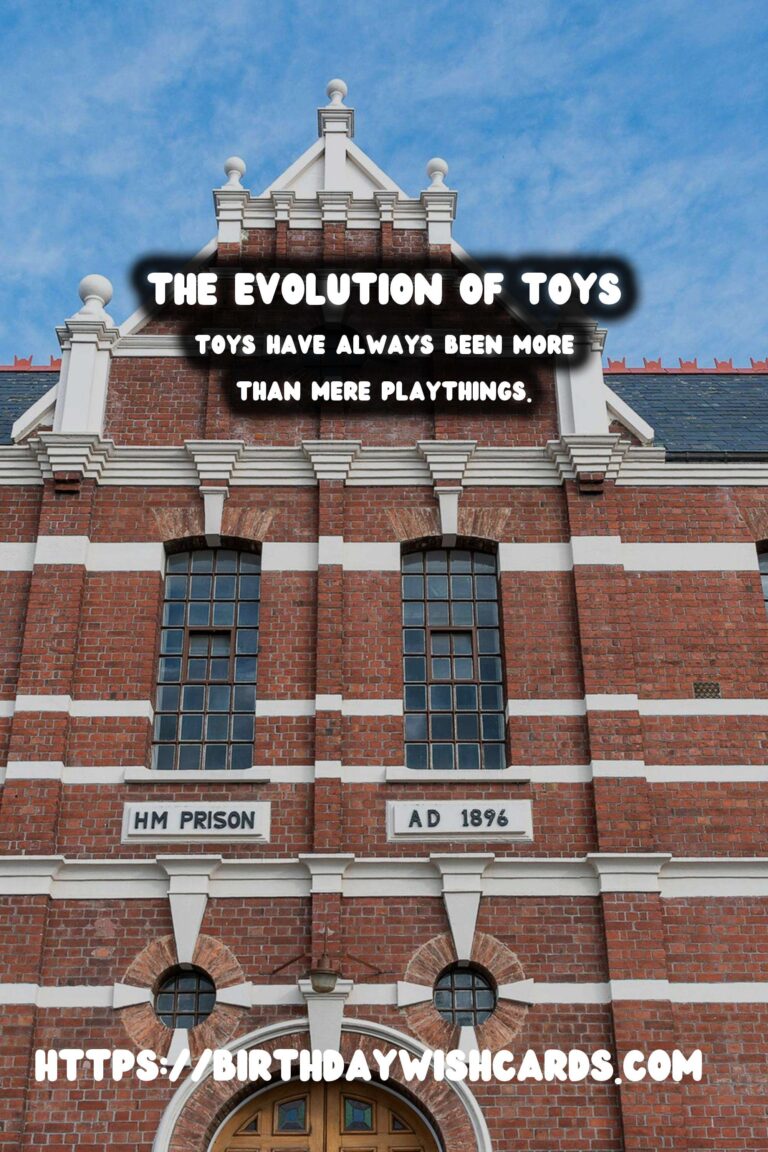
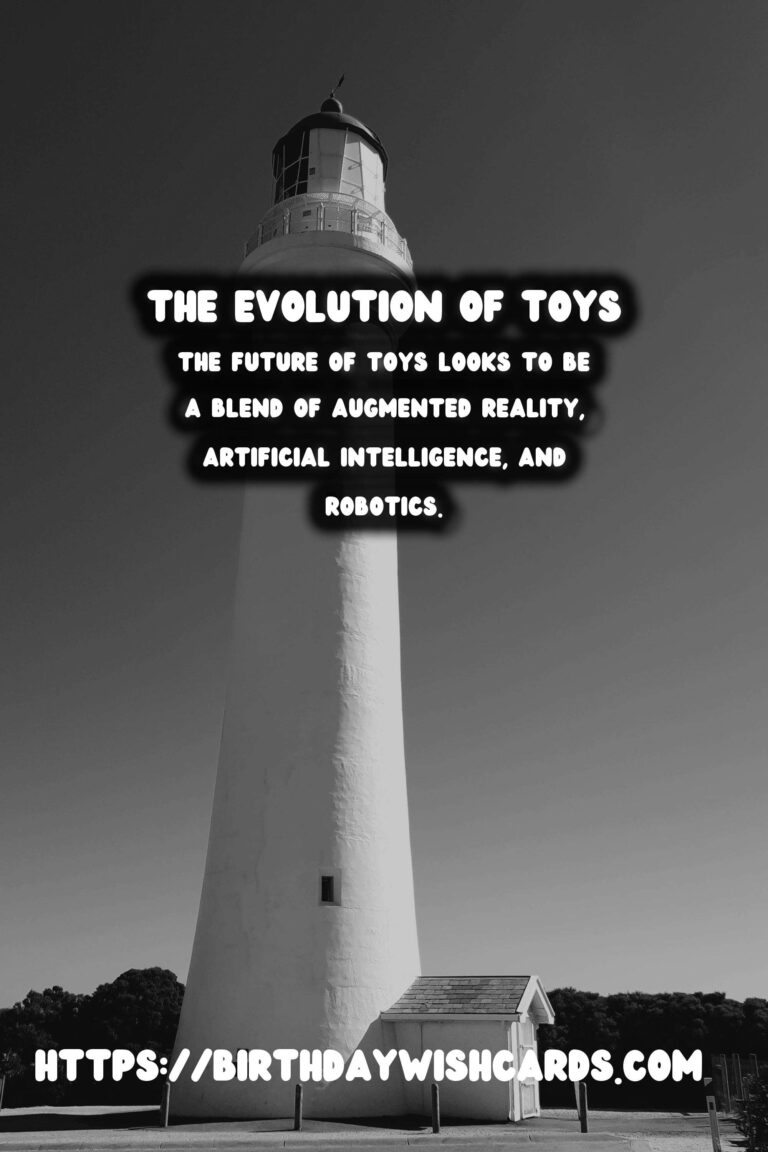

#ToysHistory #PlaythroughGenerations




